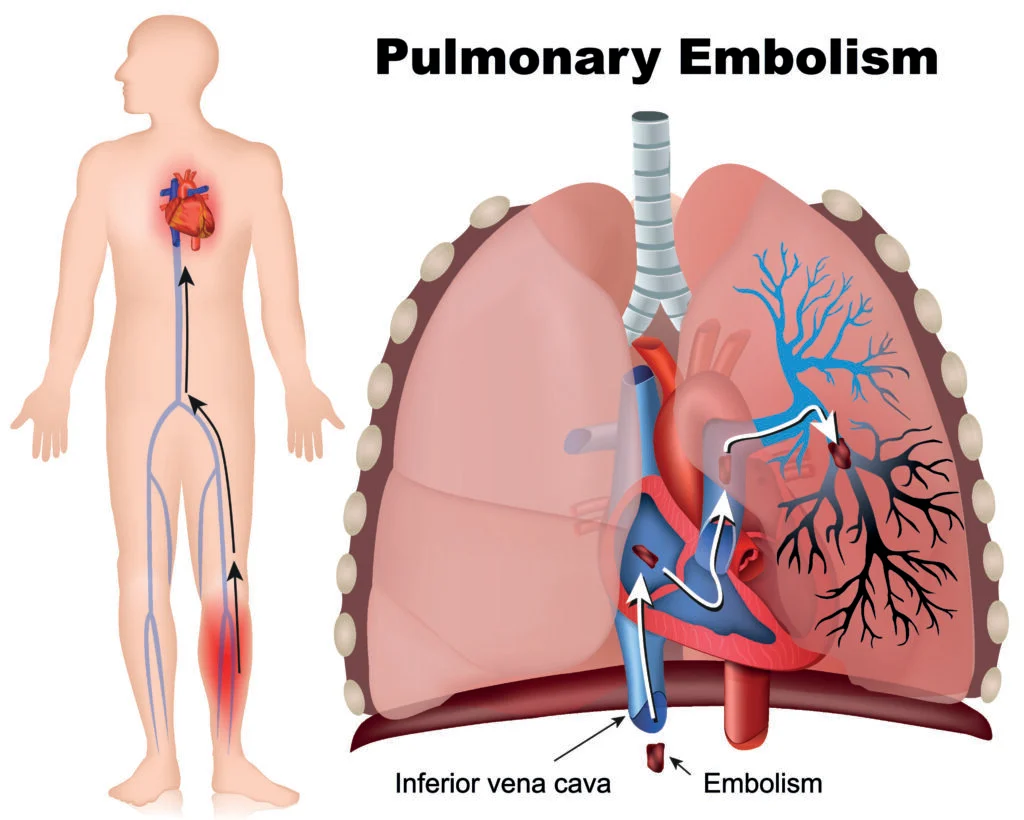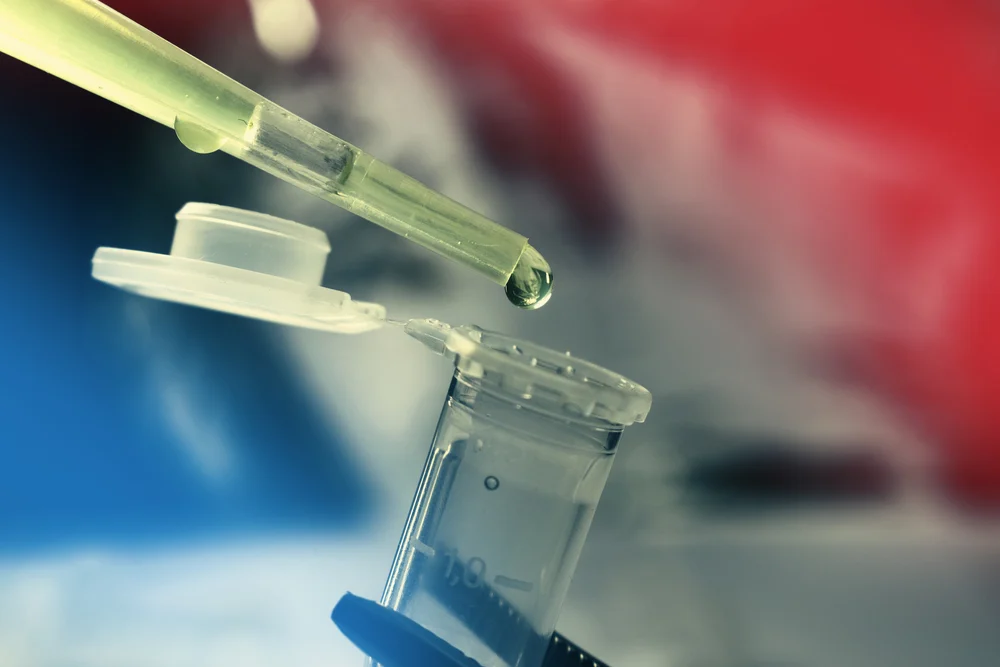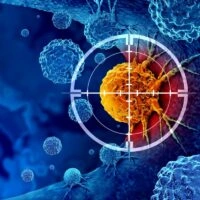For most of us, the lungs symbolize breath—an endless cycle of inhaling oxygen and exhaling carbon dioxide, keeping us alive with every passing moment. But what if these organs, so vital to our survival, held an even greater secret? Recent discoveries have shattered decades of scientific belief, revealing that the lungs might play a crucial role far beyond respiration.
What lies behind this unexpected function? Scientists have uncovered a remarkable process happening within the lungs, one that rewrites what we thought we knew about blood production. This discovery could change how we view certain diseases, treatments, and even the lungs themselves.
How Lungs Produce Platelets
Traditionally, the bone marrow has been considered the primary site for platelet production, with megakaryocytes—large bone marrow cells—releasing platelets into the bloodstream. However, recent studies have unveiled a significant role for the lungs in this process.
Researchers at the University of California, San Francisco (UCSF), employed advanced two-photon intravital imaging to observe the lungs of living mice. This technique allowed them to visualize individual cells within the tiny blood vessels of the lung in real-time. They discovered a substantial population of megakaryocytes residing in the lung vasculature, actively producing platelets. These lung-based megakaryocytes generate more than 10 million platelets per hour, accounting for over half of the total platelet production in mice.
Dr. Mark R. Looney, a senior author of the study, remarked, “This finding definitely suggests a more sophisticated view of the lungs—that they’re not just for respiration but also a key partner in formation of crucial aspects of the blood.”
Further investigations revealed that these megakaryocytes likely originate in the bone marrow and migrate to the lungs, where they continue platelet production. Dr. Guadalupe Ortiz-Muñoz, co-first author of the study, noted, “It’s fascinating that megakaryocytes travel all the way from the bone marrow to the lungs to produce platelets.” The lungs may provide an optimal environment for platelet production due to mechanical forces of blood flow or specific molecular signals yet to be identified.
Blood Stem Cells in the Lungs

Beyond their role in platelet production, lungs harbor a reservoir of hematopoietic progenitor cells—precursors to various blood cell types. Researchers at the University of California, San Francisco (UCSF), identified approximately 1 million of these progenitor cells residing outside the lung vasculature in mice.
To explore the mobility and function of these cells, scientists conducted lung transplant experiments. They transplanted lungs containing fluorescently labeled megakaryocyte progenitor cells into mice with low platelet counts. The transplanted lungs produced a significant increase in platelets, restoring normal levels that persisted over several months. This indicates that lung-resident progenitor cells can become activated in response to platelet deficiencies, contributing to blood cell production.
In another experiment, researchers transplanted healthy lungs with fluorescently tagged cells into mice lacking normal blood stem cells in their bone marrow. Fluorescent cells from the transplanted lungs migrated to the bone marrow and contributed to the production of various blood cells, including neutrophils, B cells, and T cells. This suggests that lung-derived progenitor cells can replenish depleted bone marrow and support hematopoiesis.
Dr. Mark R. Looney, senior author of the study, stated, “To our knowledge, this is the first description of blood progenitors resident in the lung, and it raises a lot of questions with clinical relevance for the millions of people who suffer from thrombocytopenia.”
Lung and Bone Marrow Collaboration
The dynamic interplay between the lungs and bone marrow is pivotal in maintaining hematopoietic balance. Recent studies have illuminated this collaboration, revealing that megakaryocytes—cells responsible for platelet production—originate in the bone marrow and migrate to the lungs to release platelets into the bloodstream. This migration underscores the lungs’ significant role in hematopoiesis.
Dr. Mark R. Looney, senior author of the study, remarked, “The bone marrow has been proposed to be a major site of platelet production, although there is indirect evidence that the lungs might also contribute to platelet biogenesis.”
Further research demonstrated that under conditions of thrombocytopenia—a deficiency of platelets—hematopoietic progenitor cells residing in the lungs can migrate back to the bone marrow. Once there, they differentiate into various blood cell lineages, effectively replenishing the depleted bone marrow and restoring normal blood cell counts. This bidirectional movement highlights a sophisticated system of cellular trafficking between these organs, ensuring hematopoietic homeostasis.
Clinical Implications of the Discovery

The revelation that lungs play a significant role in platelet production and house hematopoietic progenitor cells has profound clinical implications, particularly for conditions like thrombocytopenia—a disorder characterized by low platelet counts leading to increased bleeding risks. Understanding the lungs’ contribution to hematopoiesis opens new avenues for therapeutic strategies aimed at enhancing platelet production and treating related disorders.
Dr. Mark R. Looney, a senior author of the study, emphasized, “To our knowledge, this is the first description of blood progenitors resident in the lung, and it raises a lot of questions with clinical relevance for the millions of people who suffer from thrombocytopenia.”
Additionally, these findings prompt a reevaluation of lung transplantation procedures. The presence of hematopoietic progenitor cells in the lungs suggests that lung transplants could influence the recipient’s hematopoietic system, potentially aiding in the restoration of blood cell populations. This insight necessitates further research to understand the implications fully and to optimize transplant outcomes.
Moreover, the discovery encourages a broader perspective on organ interactions within the body. Recognizing that the lungs and bone marrow collaborate in blood cell production underscores the importance of considering systemic interdependencies in medical treatments and research. This holistic approach could lead to more effective therapies for a range of hematological conditions.
Redefining the Role of the Lungs
The discovery of the lungs’ role in blood production marks a paradigm shift in our understanding of this vital organ. Once thought to be solely responsible for respiration, the lungs are now recognized as key players in platelet production and hematopoietic support. This revelation not only broadens the scope of pulmonary biology but also opens up exciting possibilities for medical research and treatment.
By challenging traditional beliefs about hematopoiesis, this finding prompts a reexamination of systemic organ interactions and their impact on overall health. Whether addressing conditions like thrombocytopenia, refining lung transplant procedures, or developing novel therapies for blood-related disorders, the implications of this discovery are vast and transformative.
As Dr. Guadalupe Ortiz-Muñoz aptly put it, “It’s possible that the lung is an ideal bioreactor for platelet production because of the mechanical force of the blood, or perhaps because of some molecular signaling we don’t yet know about.” With further research, this hidden capability of the lungs may pave the way for breakthroughs that redefine how we understand and treat the human body.
The lungs, it seems, are far more than respiratory organs; they are essential contributors to the intricate, interconnected systems that sustain life. This realization invites us to view the human body not as a collection of isolated parts but as a beautifully orchestrated whole—where every organ plays its part in ways we are only beginning to comprehend.
Sources:
- The Production of Blood Platelets in the Lungs. J Exp Med. 1937;65:177–203. https://rupress.org/jem/article-abstract/65/2/177/3580/THE-PRODUCTION-OF-BLOOD-PLATELETS-IN-THE-LUNG
- Platelets in lung biology. Annu Rev Physiol. 2013;75:569–591. https://www.annualreviews.org/content/journals/10.1146/annurev-physiol-030212-183752
- The lung is a site of platelet biogenesis and a reservoir for haematopoietic progenitors 2017 Apr 6;544(7648):105-109. https://www.nature.com/articles/nature21706



